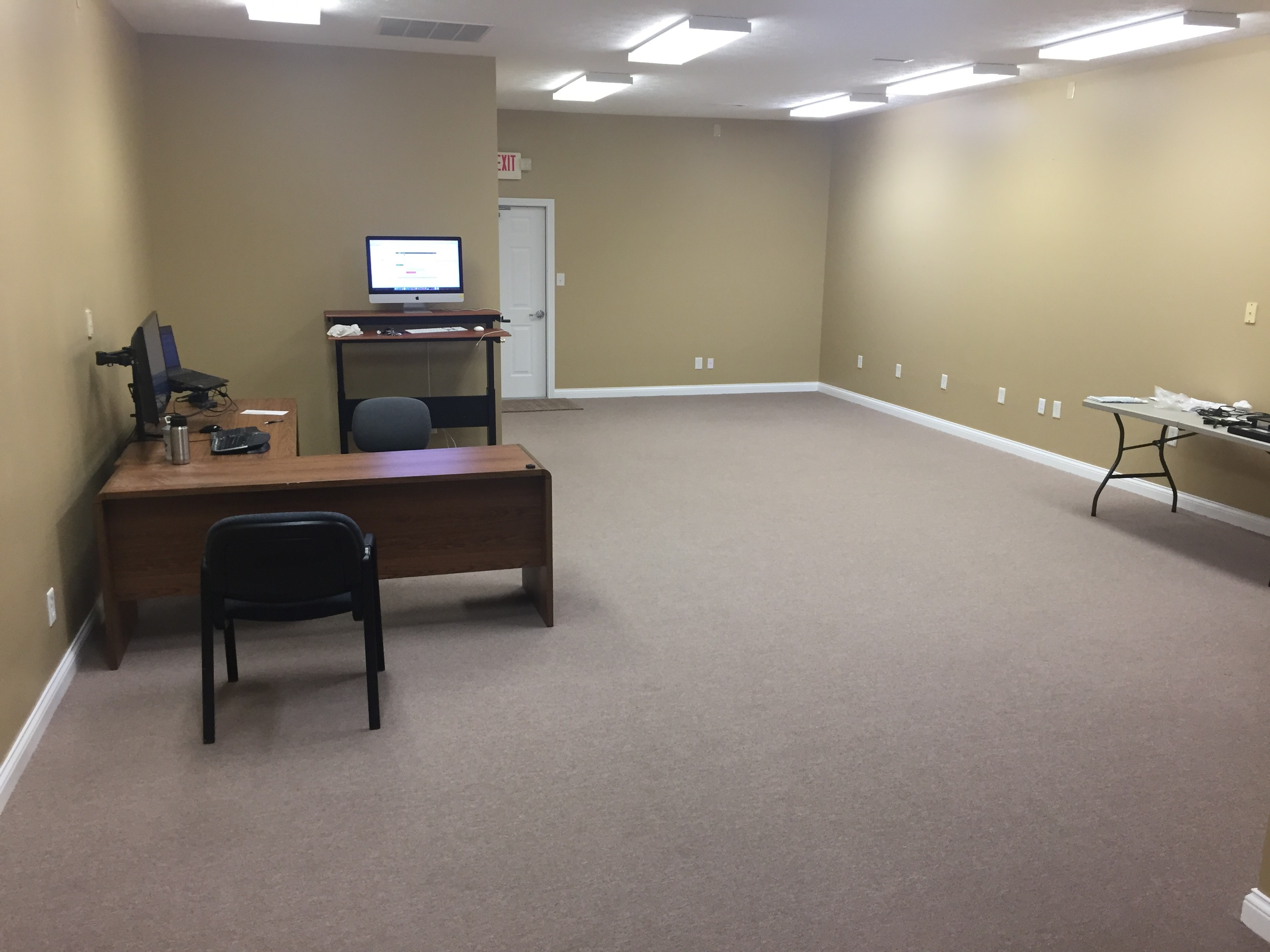A month ago we started to look over some of the tech tools that have evolved during the COVID-19 pandemic. Email and instant messaging have long since been tools of the trade within the office, but during the last 3 months, they’ve come to be some of the most-used communication mediums in our day-to-day work life. What used to be discussed at the water cooler is now in the “Random” channel of Slack, and what formerly was a quick 5 minute discussion with a team member while leaning into their office has found its way into an email chain that drags out over HOURS.
I’m sitting in my office right now on a Friday afternoon, just like the good old days. The only difference… no one else is here. My team is gradually making their way back to the office from our home workspaces, but there’s no magic day that is on our calendar to get things “back to normal.” We have family situations to care for, personal levels of comfort that matter, and technology tools that aren’t the easiest to move back and forth for a multi-workspace environment.
In this month’s column I want to hit on a couple other collaboration tools that have blown up this year.
Virtual Meetings
Are you as “Zoomed out” as I am? I’ve been on at least 5 virtual meetings so far today, and while they’ve all been useful and needed, I can say I’m far beyond tired of having to have every meeting on the phone or over my computer. With that said, though, we must press on. These tools have become easier to use, simpler to integrate into routines, and much less of a headache to live with than they used to be.
Cloud File Storage
We’ve all used DropBox, OneDrive, and Google Drive for easily sharing files with others outside our organization when we need to send something large or sensitive. These tools have gained immense popularity and found their way into small business operations as the shared drive at the office lost its effectiveness as the team scattered.
By the time this column is printed, we may be back in our offices – but I doubt we’ll be back to anything near “normal.” These tools that we’ve grown accustomed to yet tired of will continue to be part of our lives, and we’ll need to continue to be flexible with our team and customers as we put them to work. It’s convenient to live within our own comfort zone of productivity and collaboration tools, but many times another team may use something different than what we’re used to, and that’s OK. The point is to continue to find the best means of communication and push forward into our shared success.
Written by Chet Cromer for publication in the Business Leader




Recent Comments